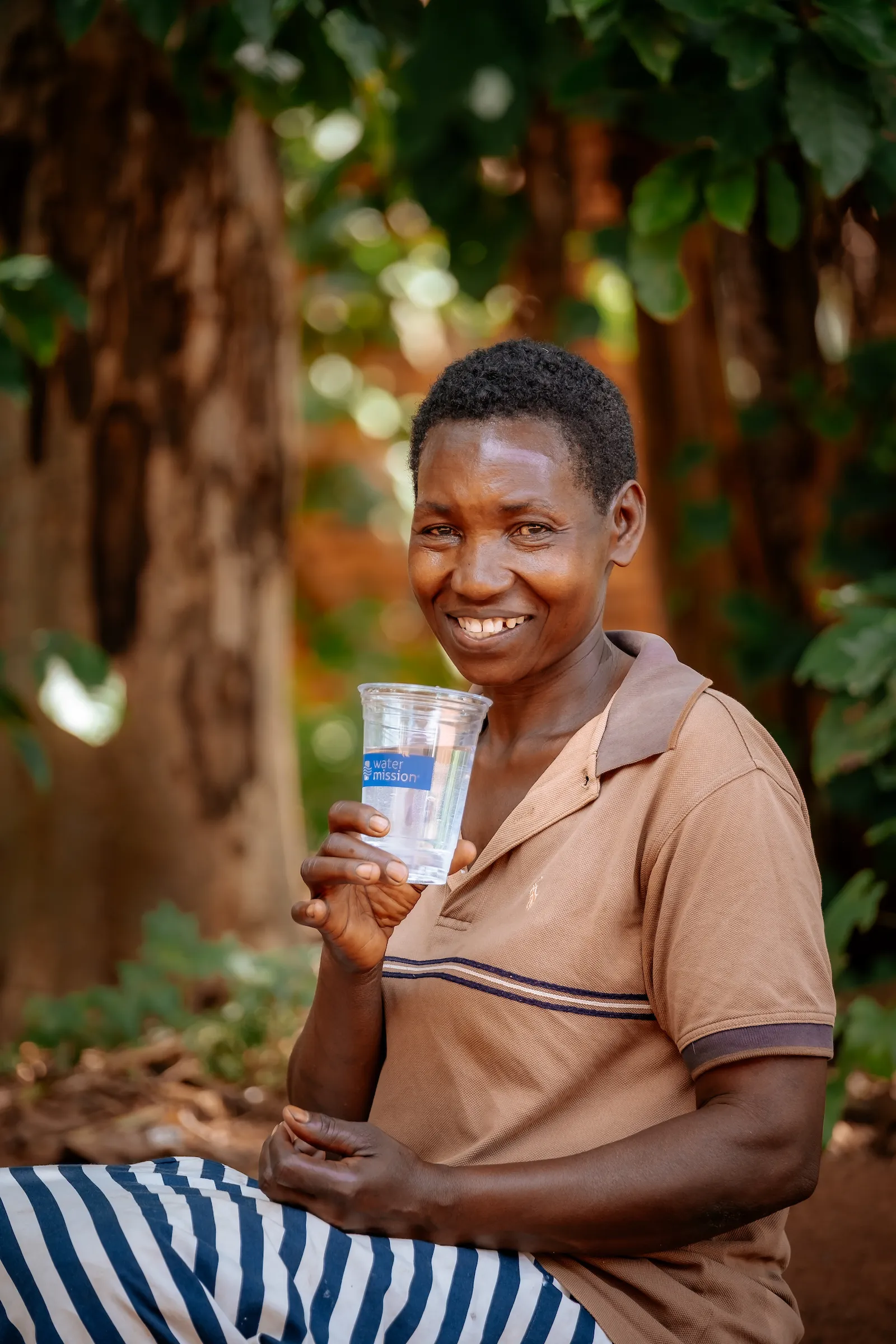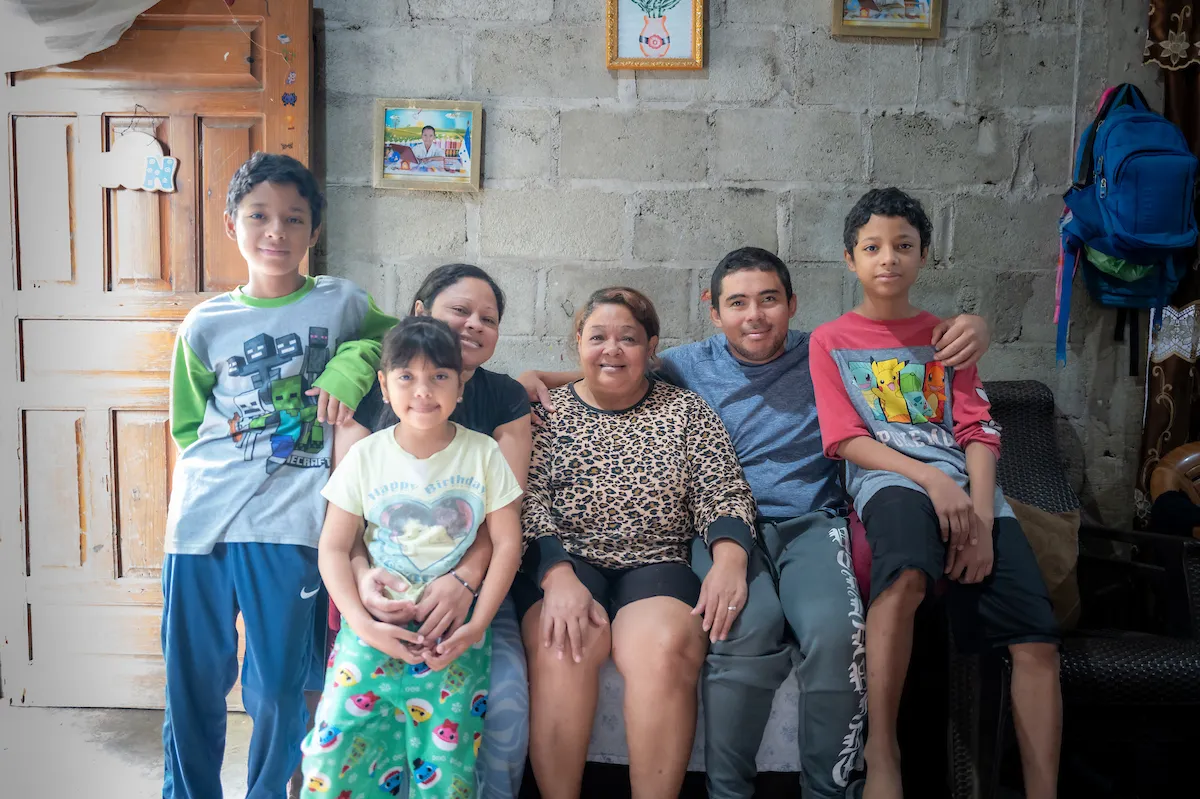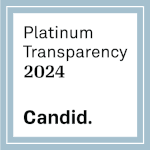Where We Work
Offices
Water Mission has 8 permanent country programs around the world with more than 400 global staff.
US Headquarters
You are invited to visit our international headquarters in N. Charleston, S.C., to learn firsthand how Water Mission is saving lives and transforming communities with safe water.
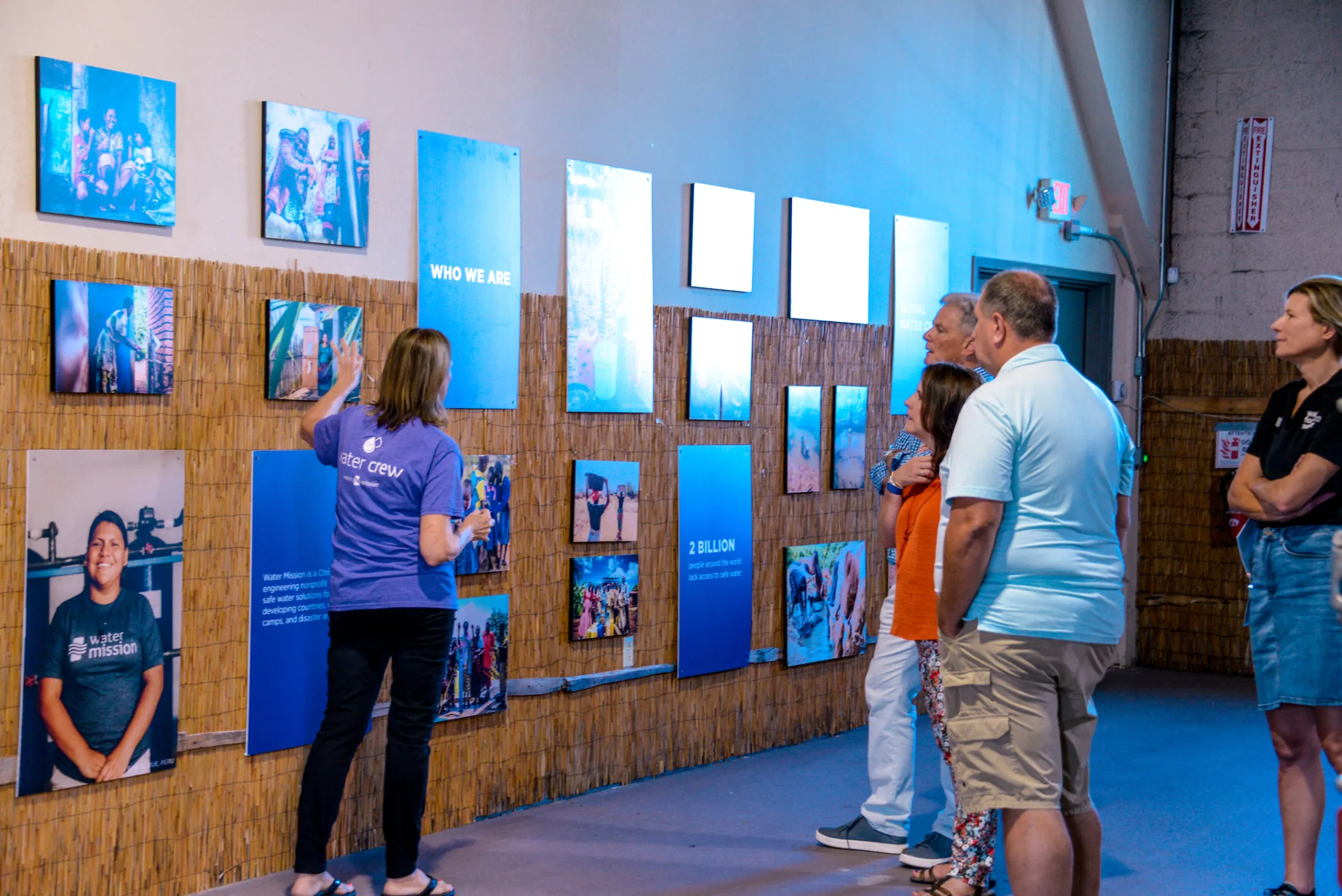
Honduras
Honduras is a Central American country celebrated for its diverse wildlife, rich mineral resources, and vibrant mix of cultures. Honduras is a mountainous country with jungles, coastal plains, and one of the world’s largest barrier reefs.
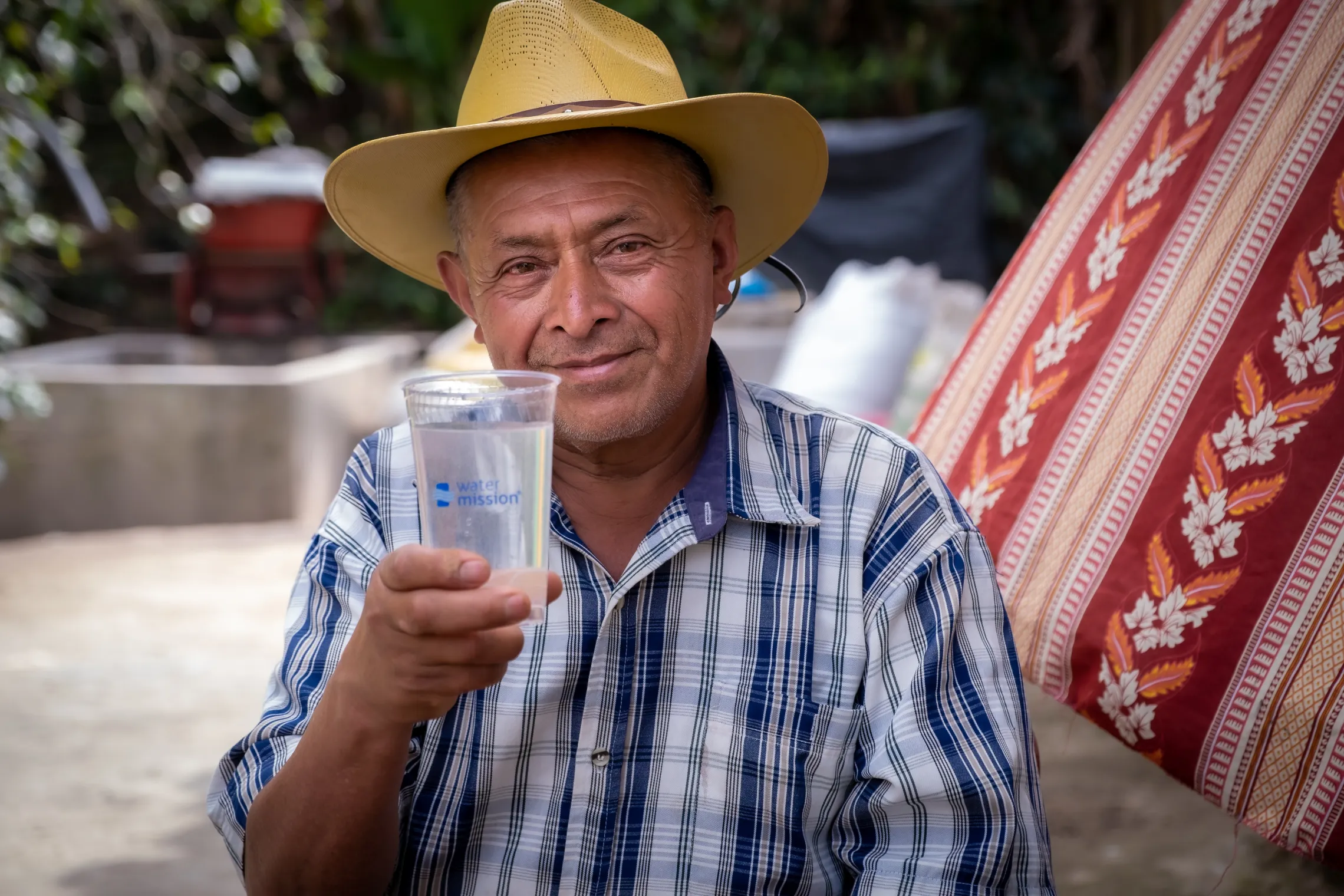
Indonesia
Located in Southeast Asia between the Indian Ocean and the Pacific Ocean, Indonesia is composed of thousands of islands and more than 300 ethnic groups. Home to nearly 280 million people, Indonesia is the fourth most populous country in the world and is the most populous Muslim country in the world.
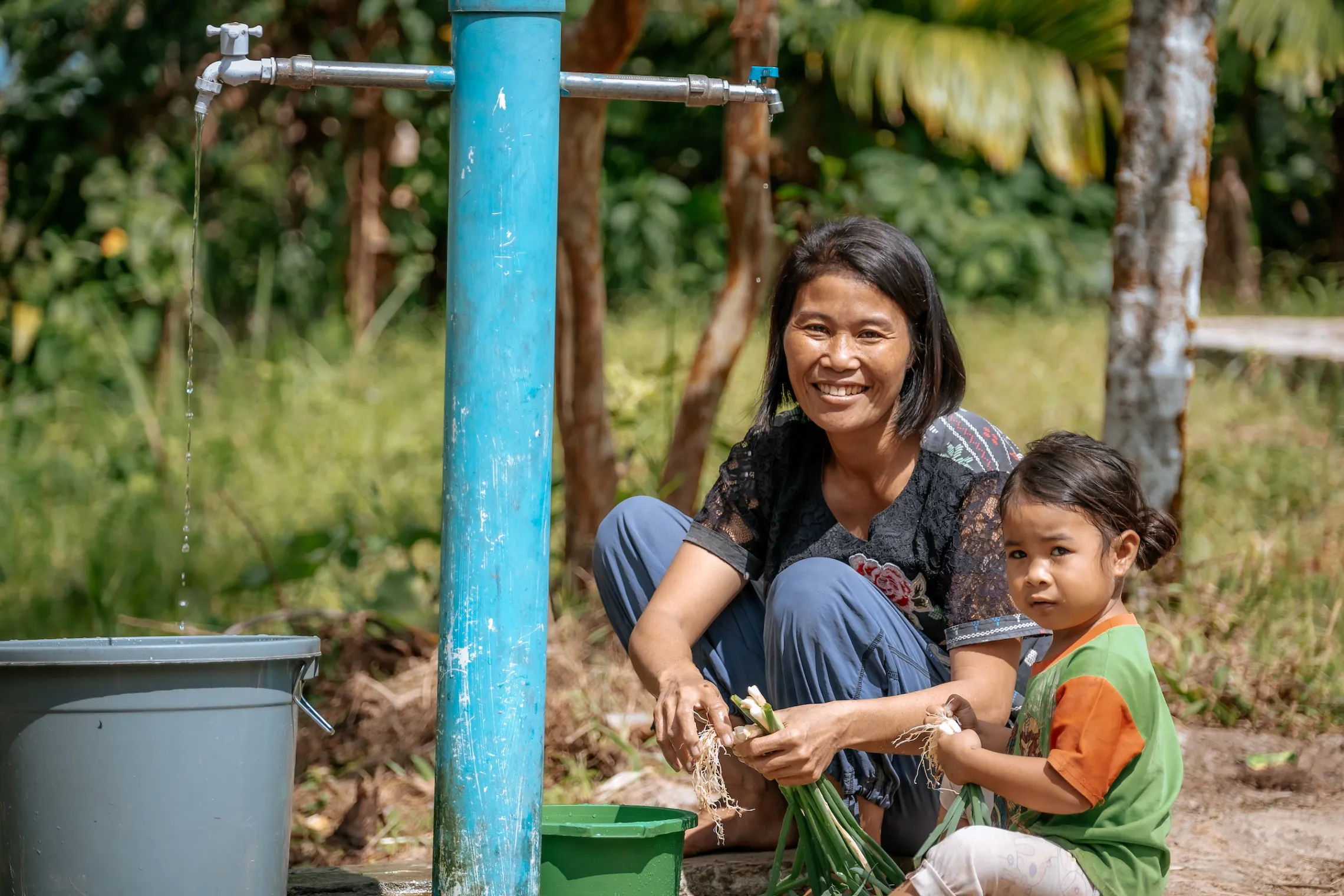
Kenya
Kenya is a populous country in East Africa that is known for its scenic landscapes and extensive wildlife preserves. It encompasses savannahs, lakes, the Great Rift Valley, and mountain highlands. Despite its biodiversity, 80% of Kenya’s land is arid or semi-arid. Kenya is the third-largest Sub-Saharan economy. Nairobi, the country’s capital, is considered a regional hub for many organizations and businesses and for transportation to other locations across Africa and the world.

Malawi
Affectionately known as the “Warm Heart of Africa” because of its reputation for kindness and generosity, Malawi is a landlocked country of more than 20 million people, the majority of whom are engaged in agriculture.

Mexico
Mexico has a rich cultural history, diversity, and abundant natural resources. With a population of nearly 130 million people, it is the second-largest economy in Latin America and among the 15 largest economies in the world.
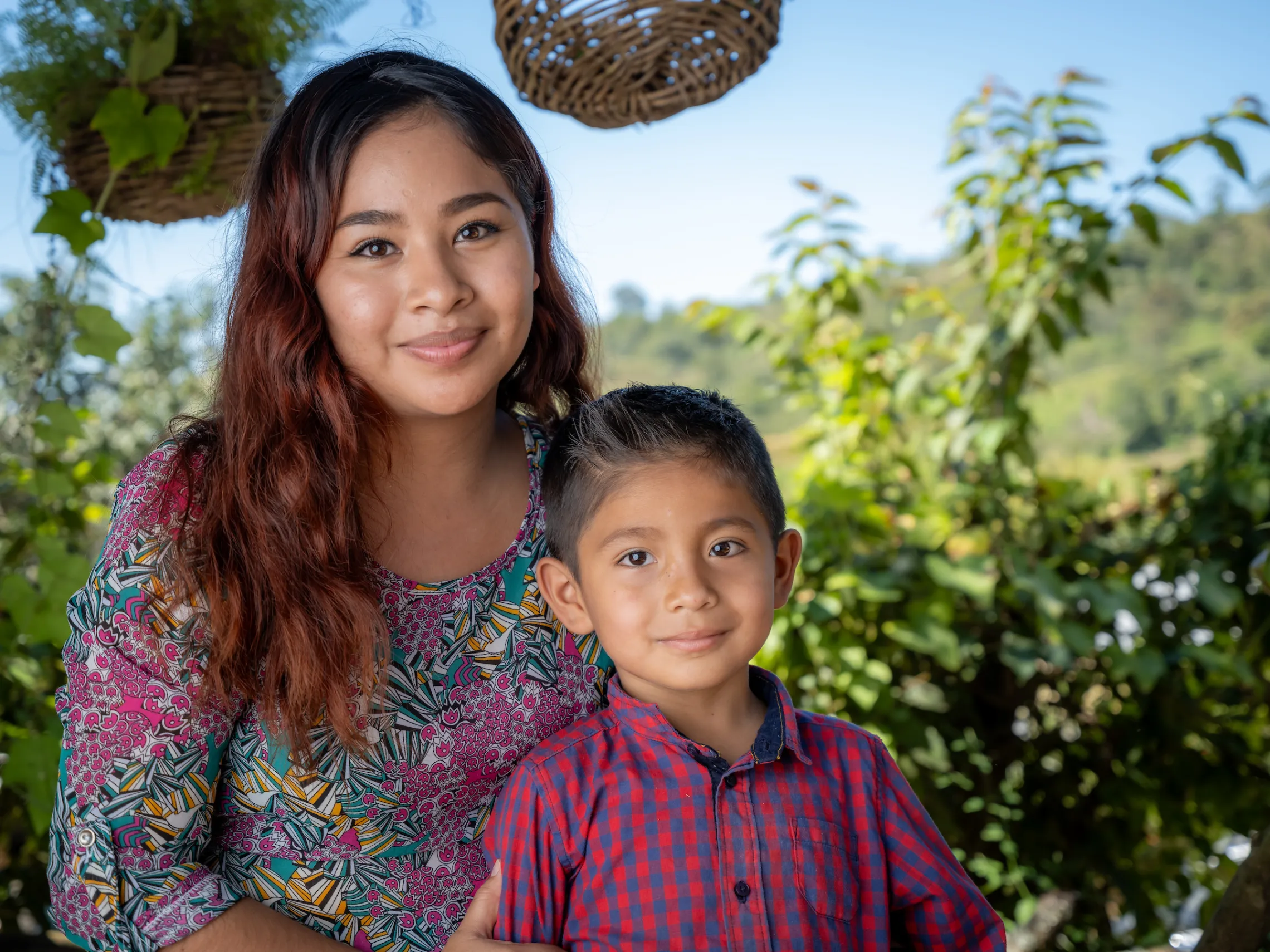
Peru
Home to the Amazon Rainforest and the Andes mountains, Peru is renowned for its rich environmental beauty and natural resources. Three-quarters of Peru is located within the Amazon basin, which suffers from droughts, floods, and other weather events that affect the country’s climate.
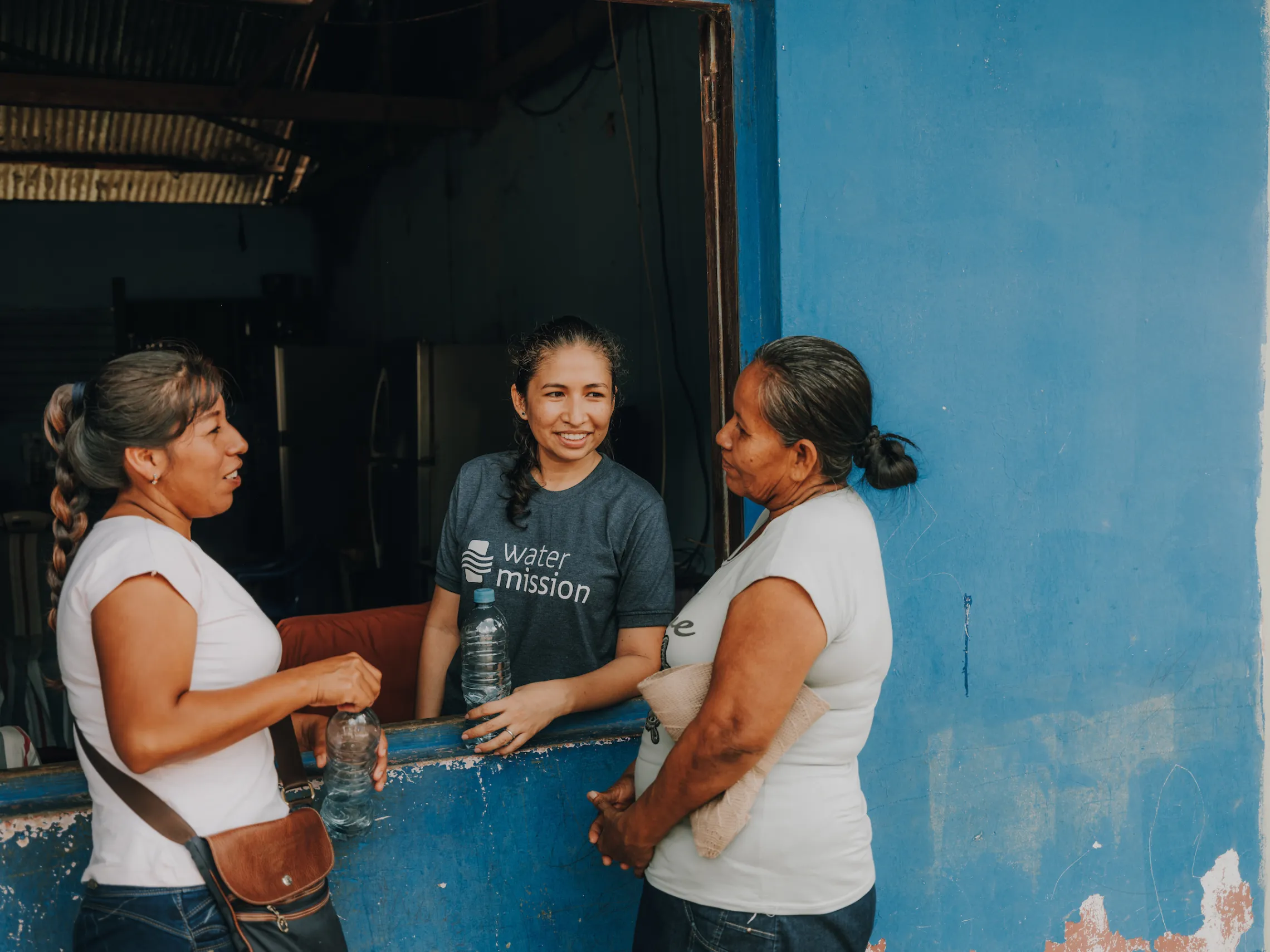
Tanzania
The United Republic of Tanzania in East Africa is home to more than 65 million people. The country contains some of Africa’s most iconic national parks and Kilimanjaro, the highest mountain in Africa. It is bordered by three of the largest lakes on the continent. Tanzania’s economy has grown rapidly over the past 15 years, fueled by its wealth of natural resources and rising tourism industry. Yet, its economic gains and modest decline in poverty have been focused in urban areas.
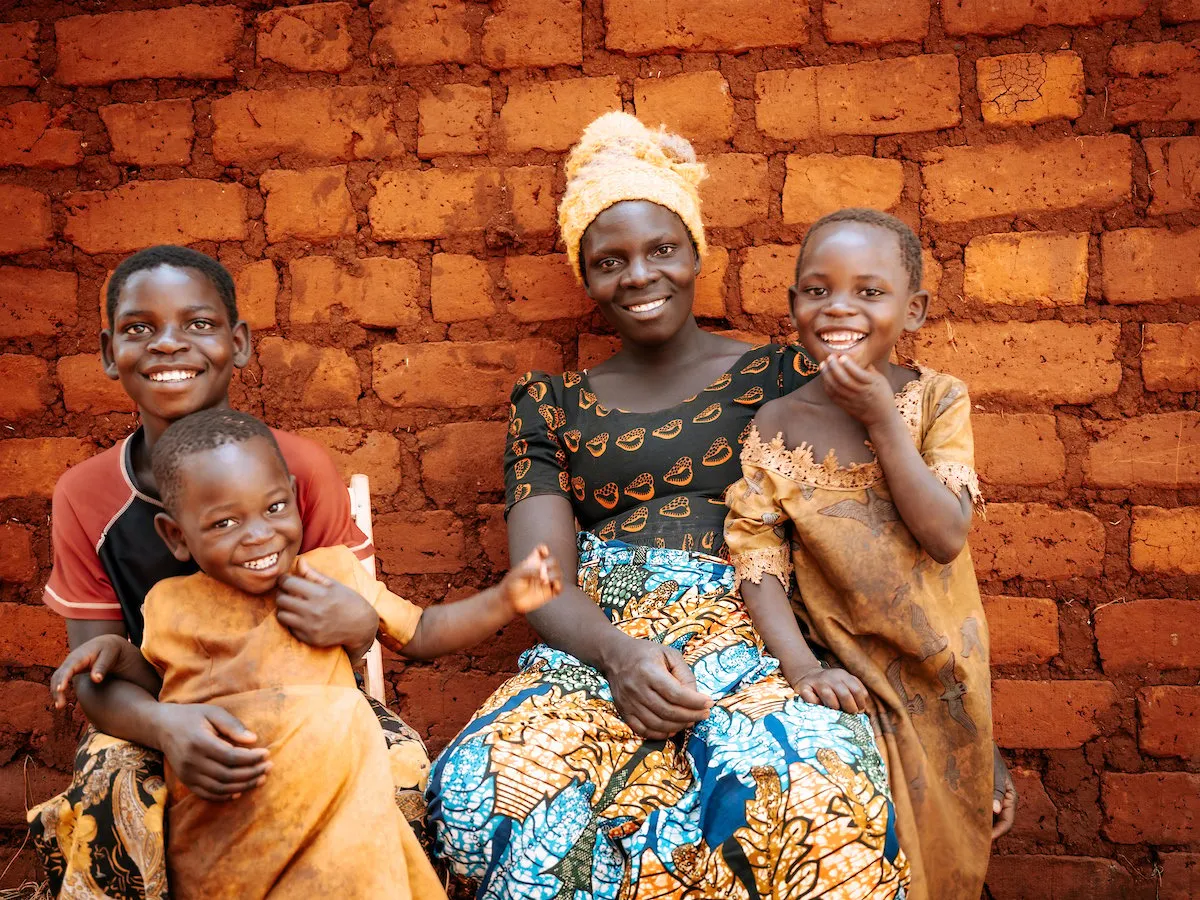
Uganda
Known as the “Pearl of Africa,” Uganda is known for its stunning landscapes and abundant wildlife. Despite its beauty, the country suffers from seasonal drought, regional instability, and climate-related challenges. Poverty rates have decreased dramatically in the past 30 years, but many Ugandans are still vulnerable. The government has invested in critical infrastructure to make water more accessible to rural communities—home to more than 75% of Uganda’s population.
